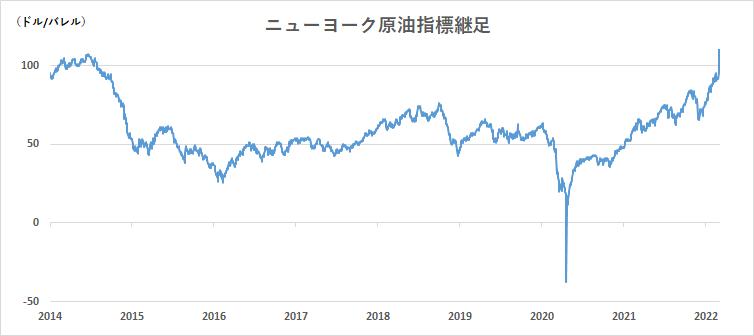The yen depreciates rapidly, and the dollar / yen is 118 yen since January 2017
In the New York market on Tuesday, the dollar yen has risen to the 118 yen range, which has been a level since January 2017.In 2017, the dollar yen had risen to the 118 yen 60 yen, but if you pass here, 120 yen will be viewed.
When the dollar -yen yen rose to the 118.60 yen in 2017, Trump was appointed president on January 20.The risk was temporarily avoided, but it quickly turned it back and became a market development called Trump market and trumpet.
With the expectation that Mr. Trump would do tax cuts and deregulation, the expectation of rising prices has also increased with the addition of crude oil prices.In December, FOMC's re -interest rates, the US long -term interest rates rose, which led to a dollar height, and the US stock market rose.
However, the depreciation of the yen here is different from that time.Risks have not been the strength of the risk of Russia's risk of invasion of Ukraine.So why is the yen depreciation progressing?
It can be said that Russia's invasion of Ukraine is due to a dollar increase in risk, but in any case, the yen is becoming more likely to be sold.

One of the factors is the account deficit.In the January international balance (breaking news) announced by the Ministry of Finance on March 8, the "current balance", which indicates the entry and exit between Japan and foreign money, was 1,188.7 billion yen.The deficit width is the second largest in the past after January 2014.The soaring crude oil price has caused the trade deficit to expand.
In some cases, the rise in resource prices, such as crude oil, is temporary, but Russia's invasion of Ukraine has only accelerated it, not a trigger for resources.Even if it is a ceasefire, it seems that there is a limit to lowering crude oil prices.
Resources such as crude oil increase prices.With this high price, the Fed is expected to make a rate hike at FOMC this week.England banks have already decided to raise interest rates.The ECB is also improving quantitative easing and exploring the timing of interest rate hikes.
In contrast, the current BOJ has sealed the movement toward normalization because the consumer price index has not reached 2%of the target.
The consumer price index since April is expected to be reduced to a certain extent due to lowering the mobile phone fee, a increase in food products, an increase in crude oil prices, and a increase in electricity rates, so it exceeds 2%year -on -year.There is a possibility of coming.
Nevertheless, it is difficult for the Bank of Japan to be aware of the need to change to normalization.For this reason, the depreciation of the yen, which is aware of the direction of monetary policy in Japan and the United States, and the increase in interest rates, is also the background of this dollar yen for the first time in five years and two months.
The depreciation of the yen is a further increase in prices, so it is not always a plus for the economy compared to before.It is also necessary to note that export companies are also moving overseas, and that the domestic economy is no longer enriched with the depreciation of the yen.
When the dollar -yen yen approached 125 yen in June 2015, the BOJ's Governor Kuroda said, "It is unlikely that the real effective exchange rate will be depreciated from here."It is the so -called Kuroda line, but there is a distance of 125 yen in terms of the name exchange rate.However, the real effective market price of the yen in January (the Bank of Japan announced) is the level of June 2015 (67)..67) 67.It can be said that the line has already broken through because it was 55.